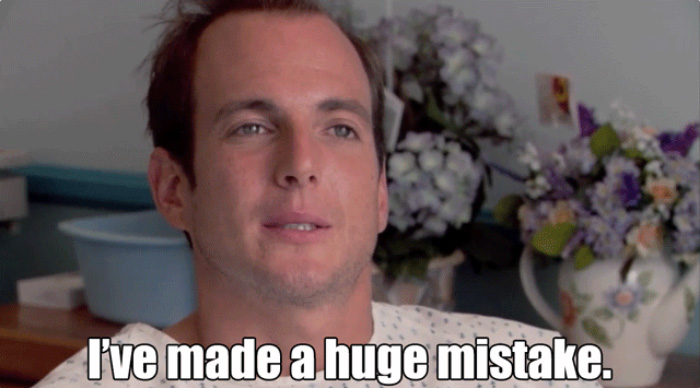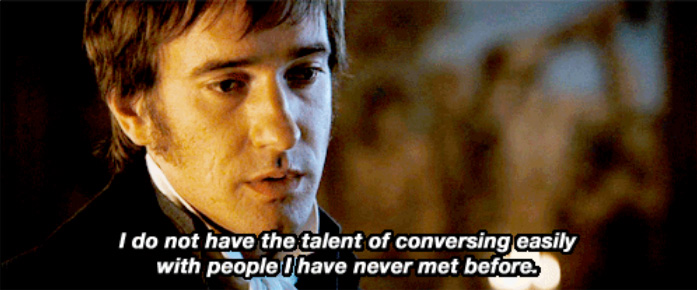Media pitching is one of the key components making up public relations, but the act of pitching is often easier said than done.
To many people it sounds simple enough: “I’ll just write a press release about my client’s business or event, find some media contacts, and send it to them! They’ll definitely run a story because it’s so interesting.”
Unfortunately, there’s a lot more to it than writing and sending emails.
Pitching typically involves a PR professional working with a business to identify key messages, interesting story angles, writing one (or multiple) targeted releases for specific media, and utilising their strong personal connections with media to ensure your story gets the coverage you feel it deserves.
Journalists receive a phenomenal number of press releases every day. The chances they won’t even open an email from you are high. The ball is in your court to do everything possible to ensure your press release reaches the right journalist and media, with the right message that is likely to get the attention of their target audience and readers. That’s what they care about – so that’s what you have to focus on.
And yet, mistakes are so often made during this process, and sometimes the smallest blunders have the biggest consequences. Being aware of the following potential mistakes can make all the difference between a story getting published… or sent to the trash.
Pitching the right story to the wrong media
Imagine you are a journalist, and you cover technology-related news, for example. You receive on average about 20 press releases a day and suddenly, you’re pitched something that has nothing to do with what you write about.
Why should you feel the need to respond to that person if they clearly don’t know what your publication covers?
It sounds simple, but the mistake of pitching non-relevant content to media is probably the largest error seen in the industry. Under pressure to deliver results for client, PR professionals wrongly assume that blasting out a press release to the maximum number of journalists will result in the most coverage.
Not doing enough research before a pitch reflects very poorly on you as a PR pro and annoys journalists who don’t have time to waste as their deadlines loom.
When pitches land in the wrong inboxes, don’t expect journalists to help forward it on to the relevant parties. It is our job to ensure our pitches land in the right hands, not theirs.
Not looking into your email bounce-backs
If you’re pitching via an email blast, you’re bound to come across email bounce-backs. This could be because journalists have gone on vacation or medical leave, or because they’ve left the publication. Perhaps their overflowing inbox is finally just full.
Your job is to ensure they see your news, so you need to determine why they bounced and do something about it Journalists will usually include alternative email addresses in their automated replies to inform you of fellow journalists to get in touch with for your press releases.
Seize this chance to know someone new from the particular media, re-pitch your story and update your media database!
If that fails – PICK UP THE PHONE. It’s amazing how few PR professionals can be bothered to make a call to follow up (more on that later.)
Losing touch
Public relations is all about connections, networking and relationships. Without this, you’re just a person behind a computer hitting ‘send’ over and over again.
Staying in touch with media is what sets you apart from mediocre PR people. Make an effort to touch base with them regularly, catch up for coffees and lunches, and get into the habit of picking up the phone to say hi. Ask them what they’re working on, and whether you might be able to help. The more you stay in touch, the more likely they are to remember you when they do need something from one of your clients.
As well as staying in touch, it’s important to be aware of your surroundings and time zones. When pitching a story that transcends the region, international pitching comes into play. This also means we need to be more mindful of some aspects that can affect pitching efforts.
Always make it known which time zone you are working from. This saves you from leaving the impression that you are difficult to contact (if, you know, they decide to ring you at 4am). Journalists have pressing deadlines to deal with and with you being out of contact when they will require additional information may result in them forgoing the story altogether.
If you’ll be away from the office for a period of time, ensure your colleagues have been properly briefed on what to expect should they come across any media requests. The last thing you want is to lose the chance of a great story placement from a lack of communication.
Not following up with media
Like I said, journalists’ inboxes are flooded with press releases – meaning yours probably isn’t all that important to them. If you haven’t heard back from a journalist, it is imperative that you follow up on your pitch with a phone call.
By doing this, you will learn whether the journalist has even seen your pitch or received it at all. This gives you a second chance to bring attention to your story, and pitch over the phone in real time. Usually, this is a much better way to get a straight ‘yes’ or ‘no’. If they say no, you can immediately ask why, and try to see whether there’s any way your story can work better for their publication by focusing on a different aspect or angle.
It’s possible a tweak is all it needed – but you might not have known that if you didn’t pick up the phone.
To discuss how Mutant can work with your business to push your story into the media spotlight, please get in touch with us at [email protected]












